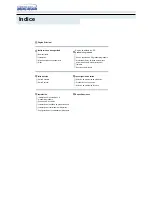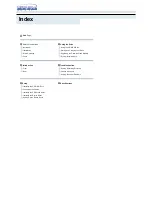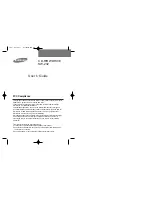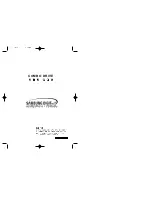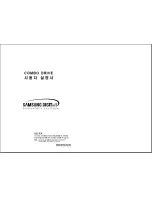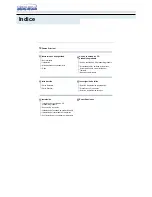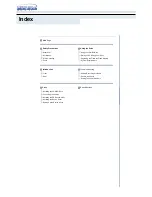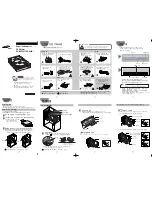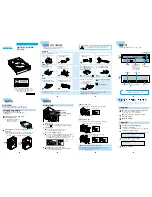
Declaration of Conformity
International Standards Laboratory
Report Number: ISL-99135FB
(NVLAP Lab. Code: 200234-0)
-6-
3.
Open Field Radiated Emissions
3.1 Configuration and Procedure
3.1.1 EUT Configuration
The radiated emissions test setups are in accordance with Figs 10(c) and 10(d) of ANSI
C63.4-1992 and/or ET Docket 95-19, or EN55022:1994/ A1:1995/ A2:1997 / CISPR 22:1993/
A1:1995/ A2:1997.
The equipment under test was set up on the 10 meter open field test non-conductive table
80cm above ground, same as conducted Excess data cable was folded back and forth to form a 30cm
by 40cm bundle.
Any changes made to the configuration, or modifications made to the EUT, during testing
are noted in the following test record.
If the EUT is a Personal Computer or a peripheral of personal computer, and the personal
computer has an auxiliary AC outlet which can be used for providing power to an external monitor,
then all measurements will be made with the monitor power from first the computer-mounted AC outlet
and then a floor-mounted AC outlet.
3.1.2 Test Procedure
The system was set up as described above, with the EMI diagnostic software running (see
Appendix G). We found the maximum readings by varying the height of antenna and then rotating the
turntable. Both polarization of antenna, horizontal and vertical, are measured.
The highest emissions between 30 MHz to 1000 MHz were also analyzed in details by
operating the spectrum analyzer and/or EMI receiver in quasi-peak mode to determine the precise
amplitude of the emissions. The highest emissions between 1000 MHz to 2000 MHz was analyzed in
peak mode to determine the precise amplitude of the emission. While doing so, the interconnecting
cables and major parts of the system were moved around, the antenna height was varied between one
and four meters, its polarization was varied between vertical and horizontal, and the turntable was
slowly rotated, to maximize the emission.
3.1.3 EMI Receiver/Spectrum Analyzer Configuration (during swept frequency scans)
Frequency Range A:
30MHz--1000MHz
Detector Function:
Quasi-Peak Mode
Bandwidth (RBW):
120KHz
Video Bandwidth (VBW):
1MHz
Frequency Range B:
1000MHz--2000MHz
Detector Function:
Peak Mode
Bandwidth (RBW):
1 MHz
Video Bandwidth (VBW):
1 MHz



























